Exhibition dates: 26th June – 27th October 2019
Visited September 2019 posted September 2020
Curators: Matthieu Rivallin and Pia Viewing
André Kertész (Hungarian, 1894-1985)
Nageur sous l’eau, Esztergom
Underwater swimmer, Esztergom
1918
Contact original
“”… especially haptic qualities are demanded of the deconstructionist performer, spectator, and reader; not to follow optically the ‘line of ideas’ in the text or in a picture and see only the representation proper, the surface, but to probe with the eyes the pictorial texture and even to enter the texture.”69 Such “touching” with the eye did not lead to a secure tactile experience of being firmly planted on the ground, for all grounds, all foundations, were suspect, however construed. We are, as Nietzsche knew, swimming in an endless sea, rather than standing on dry land. To “touch” a trace, groping blindly in the dark, is no more the guarantee of certainty than to see its residues.”
Gandelman, Claude. ‘Reading Pictures, Viewing Texts’. Bloomington, Indiana, 1991, p. 140 quoted in Martin Jay. ‘Downcast Eyes: The Denigration of Vision in Twentieth-Century French Thought’. Berkley: University of California Press, 1993, p. 512.
Touching with the eye
Part 2 of a large posting on the exhibition L’equilibriste, André Kertész at Jeu de Paume, Château de Tours, which I saw in Tours in September 2019.
This posting contains photographs from his famous series “Distortions” (fascinating to see the original plates for the book of the same name, complete with cropping marks and red lead pencil annotations); American works from 1936 onwards, when Kertész moved to the United States to avoid the persecution of the Jews and the threat of World War II; and the late work colour Polaroids.
I admit that Kertész is not my favourite photographer. While I admire some of his photographs, I feel emotionally distant from most of them. Edward Clay observes in the quotation below that Kertész was “one of the most lyrical and formally inventive photographers of the twentieth-century… [His photographs] often convey a quiet mood of melancholy … He remains revered for his clarity of style and ability to blend simplicity with emotion, prizing impact over technical precision, seeking metaphors and geometry in everyday objects and scenarios, to turn the mundane into the surreal.”
Personally, I don’t find his photographs emotional nor lyrical, only a few poetic. Not melancholic, but geometric. In later works, he simplifies, simplifies, simplifies much like his friend Mondrian did. For me, the balance between sacred / geometry, the sacred geometry of the mystery of things, is often unbalanced in these images (particularly relevant, given the title of this exhibition). Is it enough just to turn the mundane into the surreal? Where does that lead the viewer? Is it enough to just observe, represent, without digging deeper.
At his best, in images such as Underwater swimmer, Esztergom (1918, above), Arm and Fan, New York (1937, below) and Washington Square, New York (1954, below) there is a structured, avant-garde mystery about the reality of the world, as re/presented through the object of the photograph, it’s physical presence. In Underwater swimmer, the body is stretched and distorted by an element, water, not a man-made mirror. His photographs from Hungary, Italy and early Paris possess a sensitivity of spirit that seems to have been excised from his life, the older he got. Far too often in later images, there is a “brittleness” to his photography, in which the object of reflection sits at the surface of the image, all sparkling in unflinching light. The single cloud oh so lonely in the sterile city; the man looking at the broken bench; the “buy, buy, buy” of consumer culture. You consumer Kertész’s later images, you do not reflect on them.
Dr Marcus Bunyan
All iPhone installation photographs © Marcus Bunyan. Please click on the photographs for a larger version of the image. View Part 1 of the posting.
“André Kertész, one of the most lyrical and formally inventive photographers of the twentieth-century, whose work advocated for spontaneity over technical precision, has left a distinctive legacy of poetic images which form a bridge between the avant-garde and geometrical precision. A roamer for much of his life, his feelings of rootlessness manifest in his work and often convey a quiet mood of melancholy. …
Claiming “I am an amateur and I intend to stay that way for the rest of my life”, Kertesz was a great source of inspiration to photographic legends such as Cartier-Bresson.
He remains revered for his clarity of style and ability to blend simplicity with emotion, prizing impact over technical precision, seeking metaphors and geometry in everyday objects and scenarios, to turn the mundane into the surreal. Nothing was too plain or ordinary for his eye, since he had a special ability to breathe life into even the most ‘unremarkable’ subjects.”
Edward Clay. “André Kertész: between poetry and geometry,” on ‘The Independent Photographer’ website, May 19th 2020 [Online] Cited 26/08/2020
André Kertész (Hungarian, 1894-1985)
Distortion #34
1933
Gelatin silver print
André Kertész (Hungarian, 1894-1985)
Distortion #40
1933
Gelatin silver print
Installation views of the exhibition L’equilibriste, André Kertész at Jeu de Paume, Château de Tours showing photographs from the series Distortions, the bottom image showing at left, the photograph Underwater swimmer, Esztergom 1918
Photos: Marcus Bunyan
André Kertész (Hungarian, 1894-1985)
Planches originales de la maquette du livre ‘Distortions’ (installation view)
Original plates of the model of the book ‘Distortions’
1975-1976
Collection Médiathèque de l’architecture et du patrimoine
Photos: Marcus Bunyan
Installation view of the exhibition L’equilibriste, André Kertész at Jeu de Paume, Château de Tours showing photographs from the series Distortions
Photo: Marcus Bunyan
André Kertész (Hungarian, 1894-1985)
Distortion #60 (installation view)
1933
Contact original
Photo: Marcus Bunyan
André Kertész (Hungarian, 1894-1985)
Distortion #86 (installation view)
1933
Contact original
Photo: Marcus Bunyan
André Kertész (Hungarian, 1894-1985)
Distortion #86 (installation view)
1933
Contact original
Photo: Marcus Bunyan
André Kertész (Hungarian, 1894-1985)
Distortion #109 (installation view)
1933
Contact original
Photo: Marcus Bunyan
André Kertész (Hungarian, 1894-1985)
Distortion #6 (installation view)
1933
Contact original
Photo: Marcus Bunyan
André Kertész (Hungarian, 1894-1985)
Distortion #159 (installation view)
1933
Contact original
Photo: Marcus Bunyan
André Kertész (Hungarian, 1894-1985)
Distortion #128 (installation view)
1933
Contact original
Photo: Marcus Bunyan
André Kertész (Hungarian, 1894-1985)
Distortion #70 (installation view)
1933
Contact original
Photo: Marcus Bunyan
André Kertész (Hungarian, 1894-1985)
Distortion #70 (installation view)
1933
Contact original
Photo: Marcus Bunyan
André Kertész (Hungarian, 1894-1985)
Distortion #80 (installation view)
1933
Contact original
Photo: Marcus Bunyan
André Kertész (Hungarian, 1894-1985)
Distortion (installation view)
1933
Contact original
Photo: Marcus Bunyan
André Kertész (Hungarian, 1894-1985)
Portrait déformé (Visage de femme), Paris (installation view)
Distorted Portrait (Face of a Woman), Paris
1927
Gelatin silver print
Photo: Marcus Bunyan
One of the twentieth century’s great photographers, André Kertész (Budapest, 1894 – New York, 1985) left a prolific body of work spanning more than seventy years (1912-1984), a blend of the poetic and the intimate with its wellspring in his Hungarian culture. The Art of Poise: André Kertész traces this singular career, showcasing compositions that bear the stamp of Europe’s avant-garde art movements, from the artist’s earliest Hungarian photographs to the blossoming of his talent in France, and from his New York years to ultimate international recognition.
Kertész arrived in Paris in October 1925. Moving in avant-garde literary and artistic circles, he photographed his Hungarian friends, artists’ studios, street life and the city’s parks and gardens. In 1933 he embarked on his famous Distortions series of nudes deformed by funhouse mirrors, producing anamorphic images similar in spirit to the work of Pablo Picasso, Jean Arp and Henry Moore.
In addition to this profusion of activity, he explored the possibility of disseminating his work in publications. Between 1933 and the end of his life he had designed and published a total of nineteen books.
In 1936 Kertész and his wife Elizabeth left for New York, where he began with a brief assignment for Keystone, the world’s biggest photographic agency. He struggled, though, to carve out a place for himself in a context whose demands were very different from those of his Paris years.
Inspired by the rediscovery of his Hungarian and French negatives, from 1963 onwards he devoted himself solely to personal projects, and was offered retrospectives by the French National Library in Paris and MoMA in New York. This fresh recognition sparked a flurry of books in which he harked back to the high points of his oeuvre. In his last years, armed with a Polaroid, he returned to his earlier practice of everyday photography.
Text from the Jeu de Paume website for the earlier exhibition The Art of Poise: André Kertész
Text from the exhibition L’equilibriste, André Kertész at Jeu de Paume, Château de Tours
André Kertész (Hungarian, 1894-1985)
La Tulipe mélancolique, New York
Melancholic Tulip, New York
1939
Gelatin silver print
André Kertész (Hungarian, 1894-1985)
Paris (installation view)
1984
Gelatin silver print
Photo: Marcus Bunyan
André Kertész (Hungarian, 1894-1985)
Paris
1984
Gelatin silver print
Installation views of the exhibition L’equilibriste, André Kertész at Jeu de Paume, Château de Tours showing at top left, Ballet, New York 1938; and at bottom left, Lake Placid 1954
Photos: Marcus Bunyan
André Kertész (Hungarian, 1894-1985)
Ballet, New York (installation view)
1938
Gelatin silver print
Photo: Marcus Bunyan
André Kertész (Hungarian, 1894-1985)
Ballet, New York
1938
Gelatin silver print
André Kertész (Hungarian, 1894-1985)
Lake Placid (installation view)
1954
Gelatin silver print
Photo: Marcus Bunyan
André Kertész (Hungarian, 1894-1985)
New York (installation view)
1937
Gelatin silver print
Photo: Marcus Bunyan
André Kertész (Hungarian, 1894-1985)
New York (installation view)
1939
Gelatin silver print
Photo: Marcus Bunyan
André Kertész (Hungarian, 1894-1985)
New York
1939
Gelatin silver print
André Kertész (Hungarian, 1894-1985)
New York (installation view)
1954
Gelatin silver print
Photo: Marcus Bunyan
André Kertész (Hungarian, 1894-1985)
Escalier, rampe, ombres et femme, New York (installation view)
Staircase, banister, shadows and woman, New York
1951
Gelatin silver print
Photo: Marcus Bunyan
André Kertész (Hungarian, 1894-1985)
Escalier, rampe, ombres et femme, New York (installation view)
Staircase, banister, shadows and woman, New York
1951
Gelatin silver print
Photo: Marcus Bunyan
André Kertész (Hungarian, 1894-1985)
“Buy”, Long Island
1963
Gelatin silver print
André Kertész (Hungarian, 1894-1985)
6th Avenue, New York
1973
Gelatin silver print
André Kertész (Hungarian, 1894-1985)
Nuage égaré
Lost cloud
1937
Photo: Marcus Bunyan
André Kertész (Hungarian, 1894-1985)
Nuage égaré
Lost cloud
1937
Gelatin silver print
André Kertész (Hungarian, 1894-1985)
Poughkeepsie, New York (installation view)
1937
Gelatin silver print
Photo: Marcus Bunyan
André Kertész (Hungarian, 1894-1985)
Poughkeepsie, New York
1937
Gelatin silver print
André Kertész (Hungarian, 1894-1985)
Of New York… (installation view)
New York, Alfred A. Knopf, 1976
Photo: Marcus Bunyan
André Kertész (Hungarian, 1894-1985)
New York (installation view)
1951
Gelatin silver print
Photo: Marcus Bunyan
André Kertész (Hungarian, 1894-1985)
Of New York… (installation view)
New York, Alfred A. Knopf, 1976
Photo: Marcus Bunyan
André Kertész (Hungarian, 1894-1985)
“Buy”, New York (installation view)
1966
Gelatin silver print
Photo: Marcus Bunyan
André Kertész (Hungarian, 1894-1985)
Of New York… (installation view)
New York, Alfred A. Knopf, 1976
Photo: Marcus Bunyan
André Kertész (Hungarian, 1894-1985)
Double page de la maquette originale du livre ‘Of New York…’ (installation view)
Double page of the original model of the book ‘Of New York…’
1975-76
Photo: Marcus Bunyan
Installation view of the exhibition L’equilibriste, André Kertész at Jeu de Paume, Château de Tours showing at second left, New York 1939; and at third left, New York 1936
Photo: Marcus Bunyan
André Kertész (Hungarian, 1894-1985)
New York (installation view)
1939
Gelatin silver print
Photo: Marcus Bunyan
André Kertész (Hungarian, 1894-1985)
New York (installation view)
1936
Gelatin silver print
Photo: Marcus Bunyan
André Kertész (Hungarian, 1894-1985)
New York
1936
Gelatin silver print
Installation view of the exhibition L’equilibriste, André Kertész at Jeu de Paume, Château de Tours showing at second right, Arm and Fan, New York 1937
Photo: Marcus Bunyan
André Kertész (Hungarian, 1894-1985)
Bras et ventilateur, New York (installation view)
Arm and Fan, New York
1937
Gelatin silver print
Photo: Marcus Bunyan
André Kertész (Hungarian, 1894-1985)
Bras et ventilateur, New York
Arm and Fan, New York
1937
Gelatin silver print
André Kertész (Hungarian, 1894-1985)
Of New York… (installation view)
New York, Alfred A. Knopf, 1976
Photo: Marcus Bunyan
André Kertész (Hungarian, 1894-1985)
New York (installation view)
1947
Gelatin silver print
Photo: Marcus Bunyan
André Kertész (Hungarian, 1894-1985)
Le retour au port, New York (installation view)
Return to port, New York
1944
Gelatin silver print
Photo: Marcus Bunyan
Installation view of the exhibition L’equilibriste, André Kertész at Jeu de Paume, Château de Tours showing at left, Disappearance, New York 1955
Photo: Marcus Bunyan
André Kertész (Hungarian, 1894-1985)
La Disparition, New York (installation view)
Disappearance, New York
1955
Gelatin silver print
Photo: Marcus Bunyan
André Kertész (Hungarian, 1894-1985)
La Disparition, New York (installation view)
Disappearance, New York
1955
Gelatin silver print
Photo: Marcus Bunyan
André Kertész (Hungarian, 1894-1985)
Disappearance, New York
1955
Gelatin silver print
André Kertész (Hungarian, 1894-1985)
New York (installation view)
1969
Gelatin silver print
Photo: Marcus Bunyan
Text from the exhibition L’equilibriste, André Kertész at Jeu de Paume, Château de Tours
Installation views of the exhibition L’equilibriste, André Kertész at Jeu de Paume, Château de Tours showing at left in the bottom image, Broken Bench, New York 1962
Photos: Marcus Bunyan
André Kertész (Hungarian, 1894-1985)
Le Banc cassé, New York
Broken Bench, New York
1962
Gelatin silver print
André Kertész (Hungarian, 1894-1985)
Of New York… (installation view)
New York, Alfred A. Knopf, 1976
Photo: Marcus Bunyan
André Kertész (Hungarian, 1894-1985)
Soixante ans de photographie (installation view)
Sixty years of photography
1912-1972
Paris, éditions du Chêne, 1972
Photo: Marcus Bunyan
André Kertész (Hungarian, 1894-1985)
Jour pluvieux, Tokyo (installation view)
Rainy day, Tokyo
1968
Gelatin silver print
Photo: Marcus Bunyan
André Kertész (Hungarian, 1894-1985)
McDougall Alley, New York (installation view)
1965
Gelatin silver print
Photo: Marcus Bunyan
André Kertész (Hungarian, 1894-1985)
Washington Square, New York
1954
Gelatin silver print
André Kertész (Hungarian, 1894-1985)
Washington Square, New York (installation view)
1954
Gelatin silver print
Photo: Marcus Bunyan
André Kertész (Hungarian, 1894-1985)
Washington Square, New York
1954
Gelatin silver print
André Kertész (Hungarian, 1894-1985)
Jardin d’hiver, New York (installation view)
Winter Garden, New York
1970
Gelatin silver print
Photo: Marcus Bunyan
André Kertész (Hungarian, 1894-1985)
Martinique
1972
Gelatin silver print
André Kertész (Hungarian, 1894-1985)
Soixante ans de photographie (installation view)
Sixty years of photography
1912-1972
Paris, éditions du Chêne, 1972
Photo: Marcus Bunyan
André Kertész (Hungarian, 1894-1985)
Dans la cave, Williamsburg (installation view)
In the cellar, Williamsburg
1951
Gelatin silver print
Photo: Marcus Bunyan
André Kertész (Hungarian, 1894-1985)
Nara, Japan
1968
Gelatin silver print
Text from the exhibition L’equilibriste, André Kertész at Jeu de Paume, Château de Tours
Harold Riley
André Kertész (installation view)
Manchester, The Manchester Collection, 1984
Collection Médiathèque de l’architecture et du patrimoine
Photo: Marcus Bunyan
Installation views of the exhibition L’equilibriste, André Kertész at Jeu de Paume, Château de Tours showing his late Polaroid work
Photos: Marcus Bunyan
André Kertész (Hungarian, 1894-1985)
12 December 1979 (installation view)
1979
Tirage jet d’encre d’après la reproduction d’un polaroid, 2019
Inkjet print from a reproduction of a polaroid, 2019
Photo: Marcus Bunyan
André Kertész (Hungarian, 1894-1985)
Untitled (installation view)
1979-1981
Tirage jet d’encre d’après la reproduction d’un polaroid, 2019
Inkjet print from a reproduction of a polaroid, 2019
Photo: Marcus Bunyan
André Kertész (Hungarian, 1894-1985)
June 1979 (installation view)
1979
Tirage jet d’encre d’après la reproduction d’un polaroid, 2019
Inkjet print from a reproduction of a polaroid, 2019
Photo: Marcus Bunyan
André Kertész (Hungarian, 1894-1985)
21 June 1979 (installation view)
1979
Tirage jet d’encre d’après la reproduction d’un polaroid, 2019
Inkjet print from a reproduction of a polaroid, 2019
Photo: Marcus Bunyan
André Kertész (Hungarian, 1894-1985)
Untitled (installation view)
1979-1981
Tirage jet d’encre d’après la reproduction d’un polaroid, 2019
Inkjet print from a reproduction of a polaroid, 2019
Photo: Marcus Bunyan
André Kertész (Hungarian, 1894-1985)
13 August 1979 (installation view)
1979
Tirage jet d’encre d’après la reproduction d’un polaroid, 2019
Inkjet print from a reproduction of a polaroid, 2019
Photo: Marcus Bunyan
André Kertész (Hungarian, 1894-1985)
July 3, 1979
1979
Tirage jet d’encre d’après la reproduction d’un polaroid, 2019
Inkjet print from a reproduction of a polaroid, 2019
André Kertész (Hungarian, 1894-1985)
Untitled
1979-1981
Tirage jet d’encre d’après la reproduction d’un polaroid, 2019
Inkjet print from a reproduction of a polaroid, 2019
André Kertész (Hungarian, 1894-1985)
13 August
1983
Tirage jet d’encre d’après la reproduction d’un polaroid, 2019
Jeu de Paume at the Château de Tours
25 avenue André Malraux, 37000 Tours
Phone: 02 47 70 88 46
Opening hours:
Tuesday – Sunday 2pm – 6pm
Closed on Monday


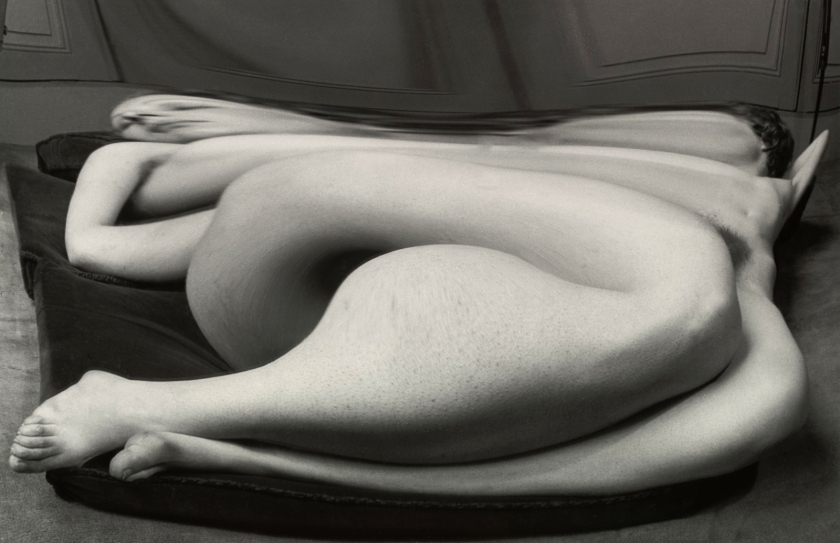

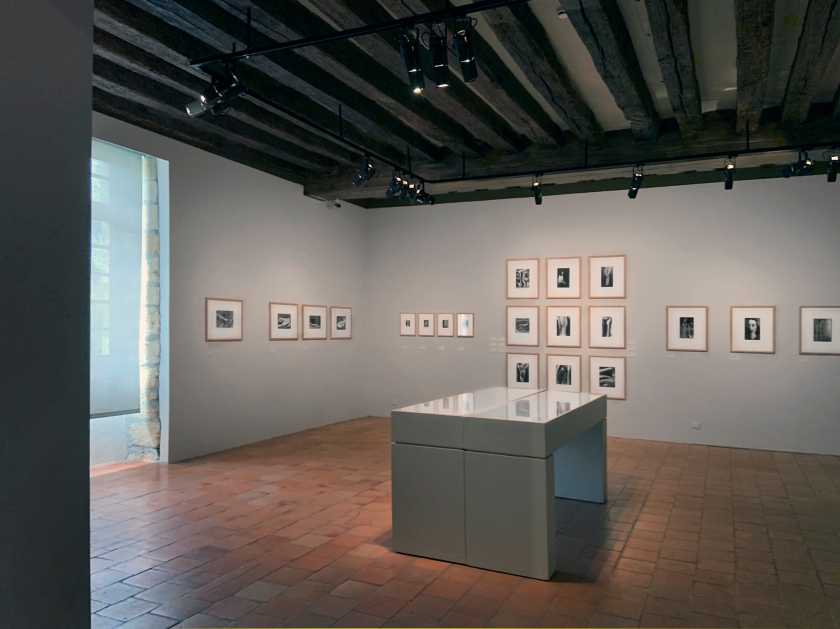
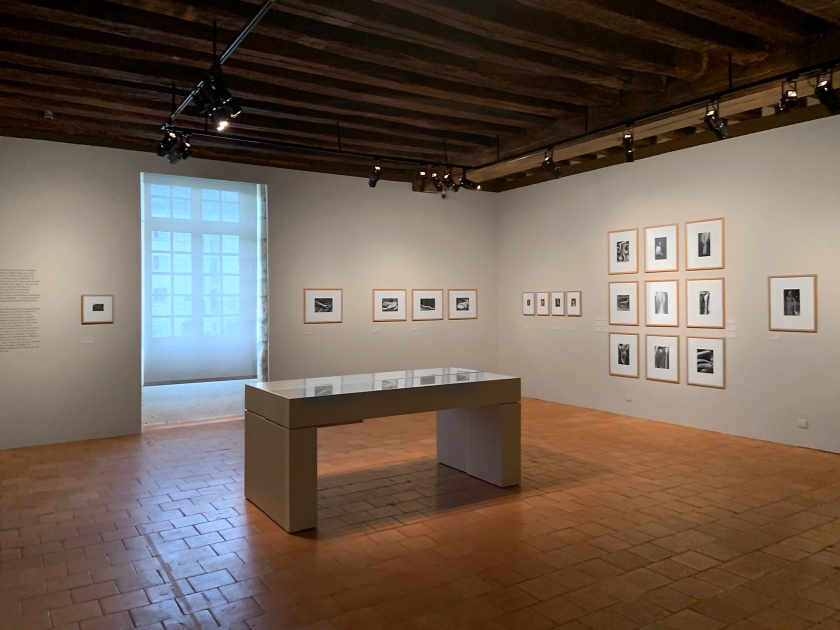




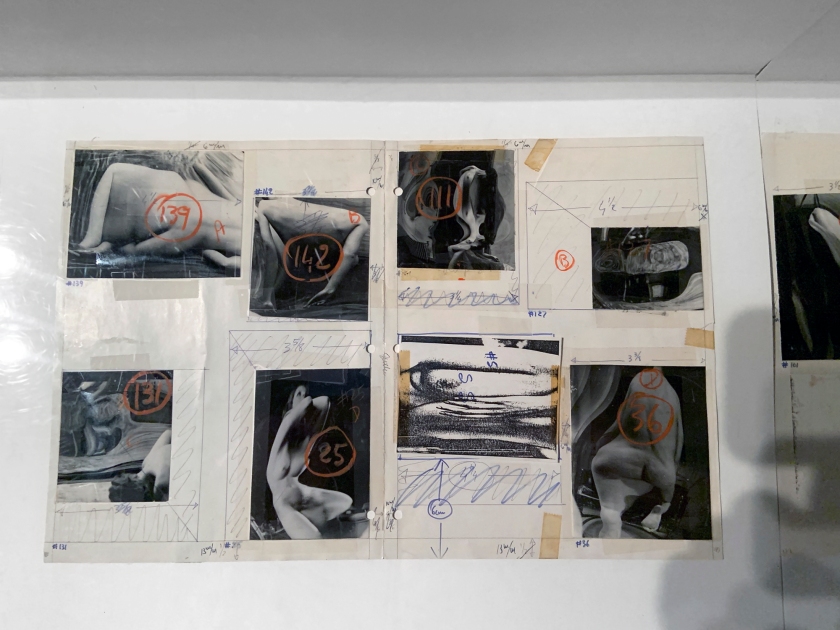
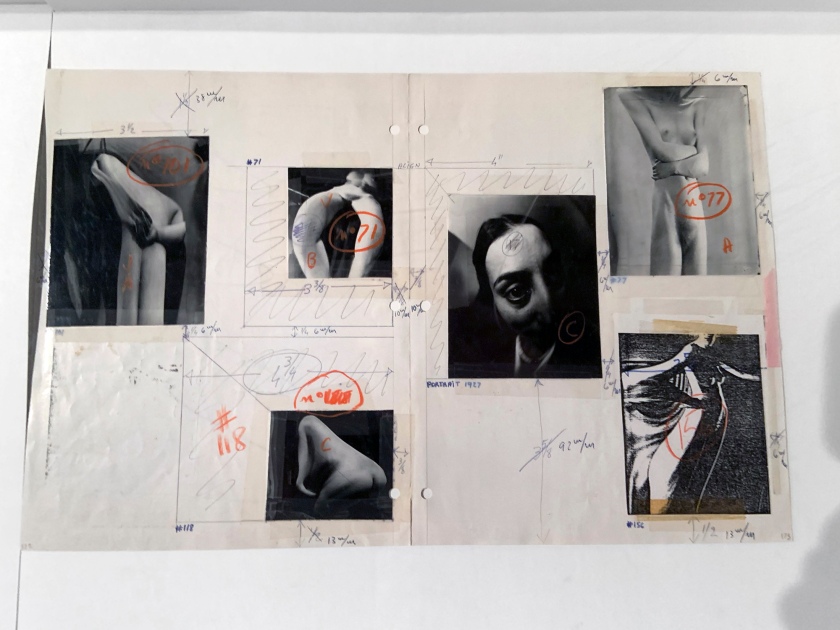

























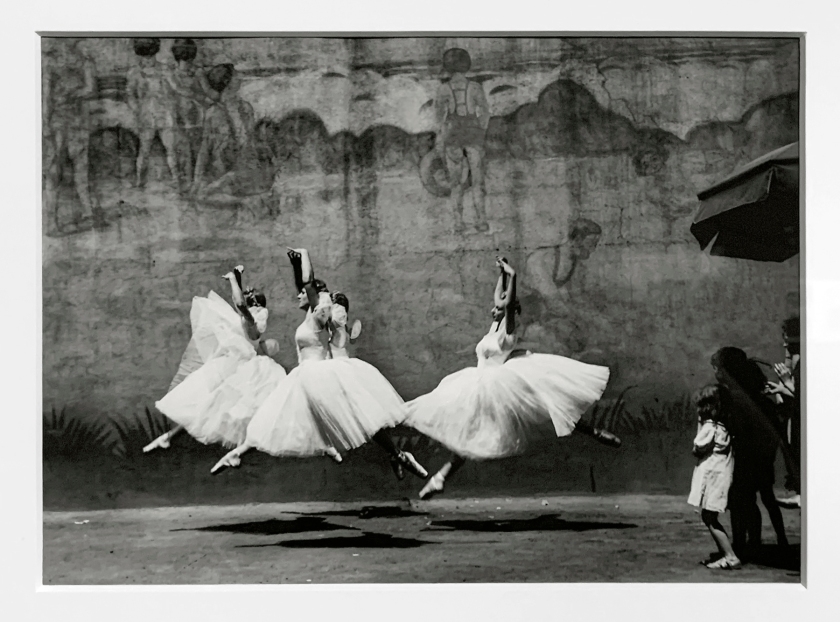
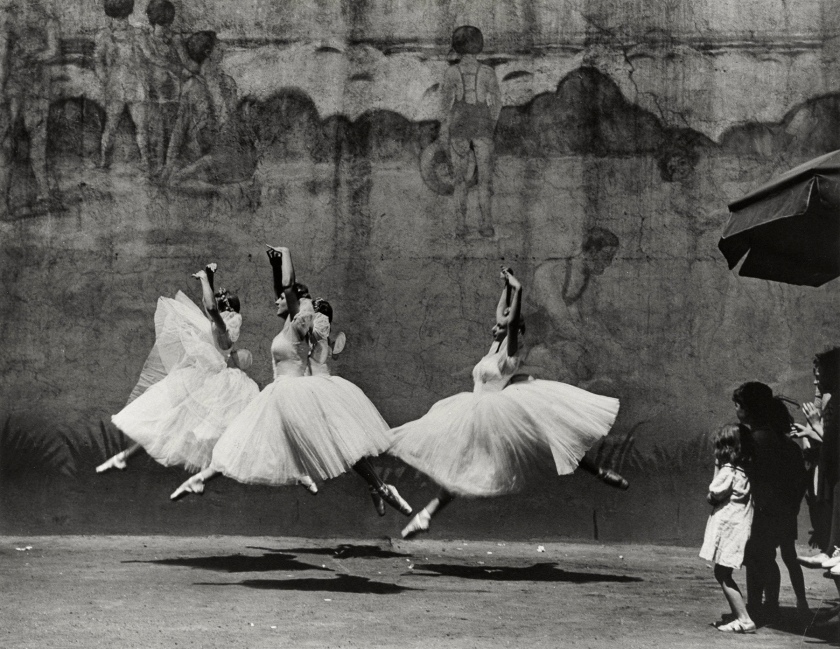
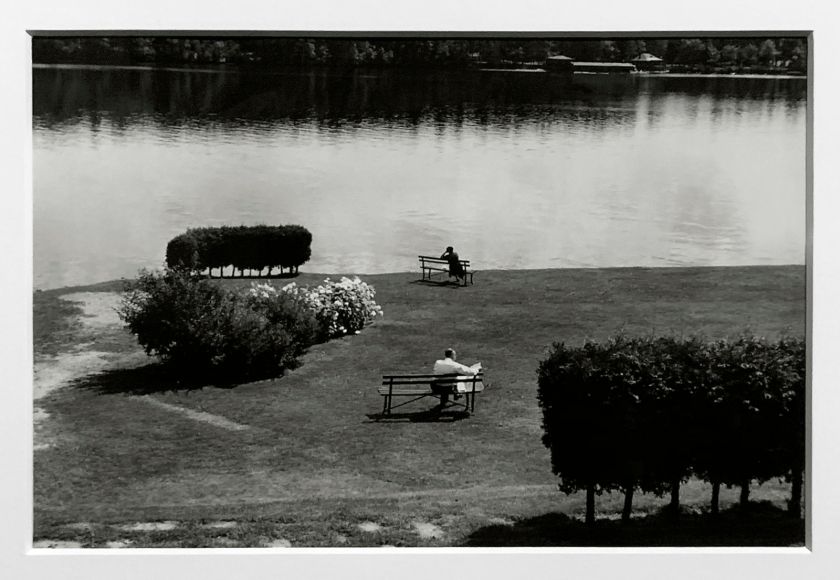





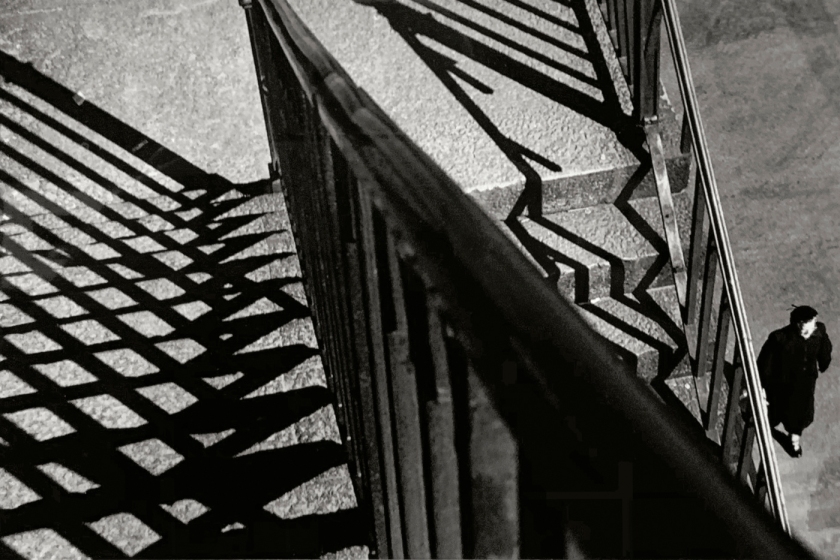





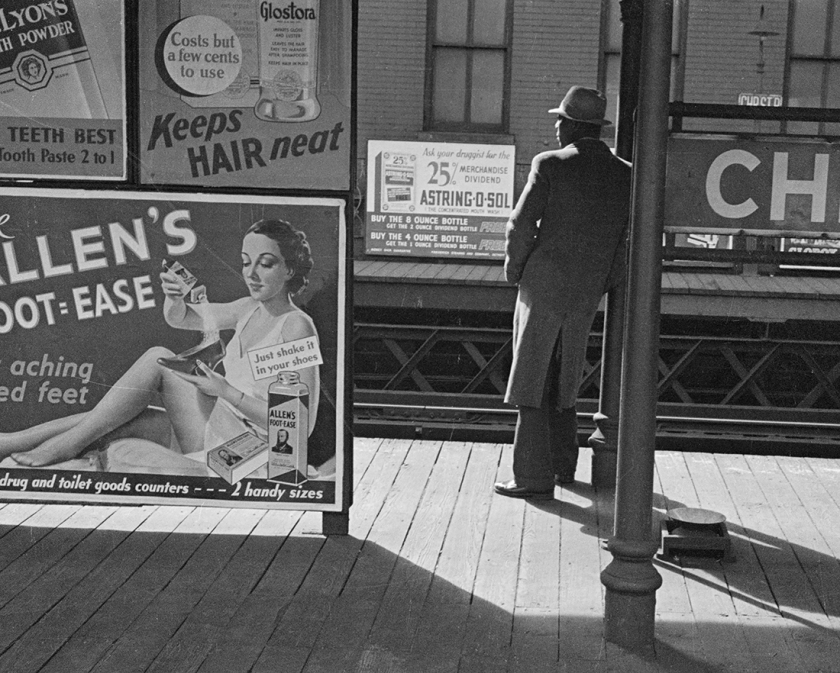


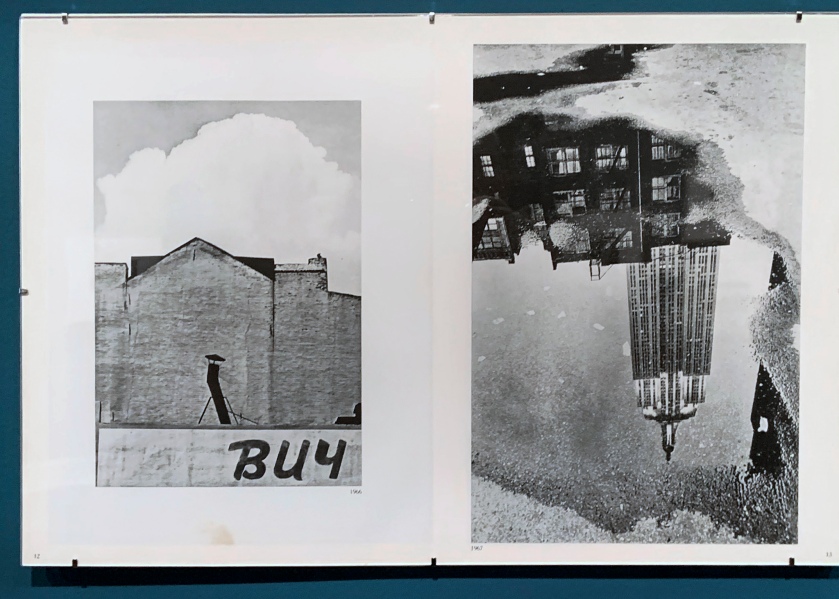







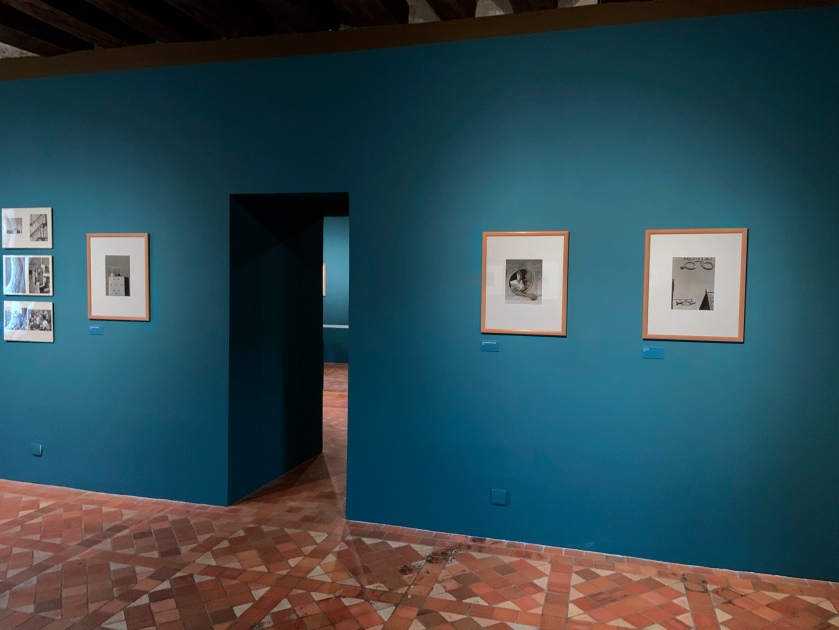


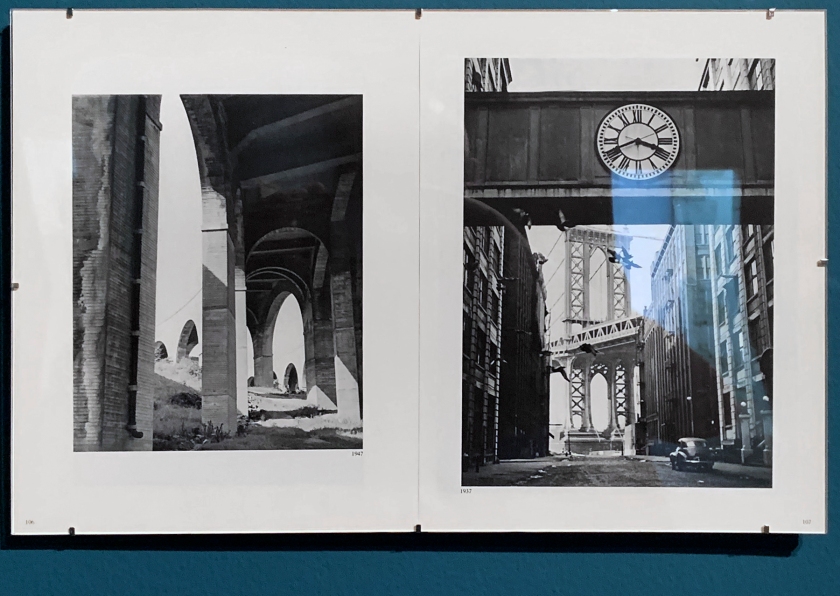






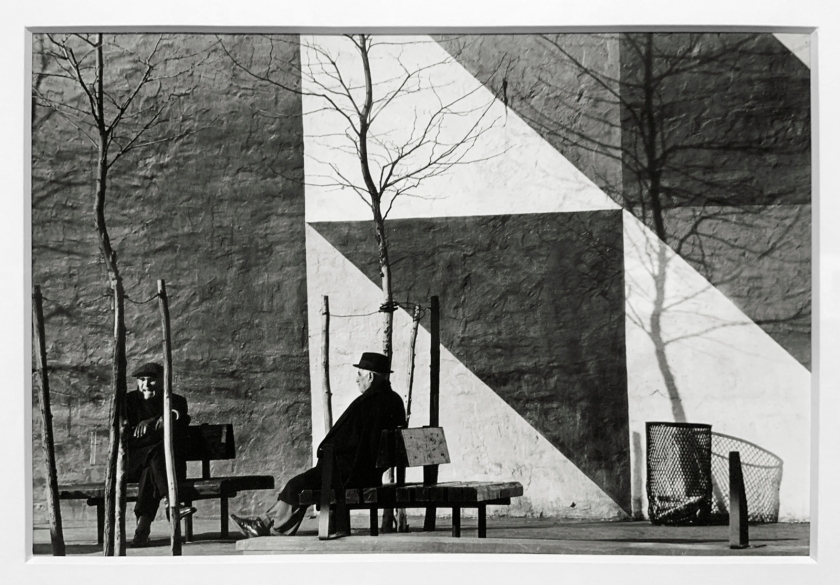


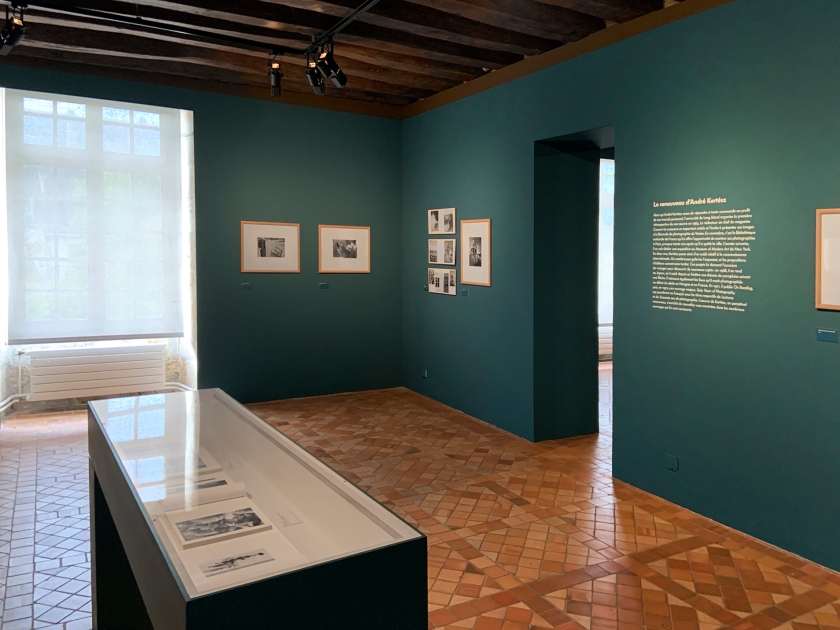

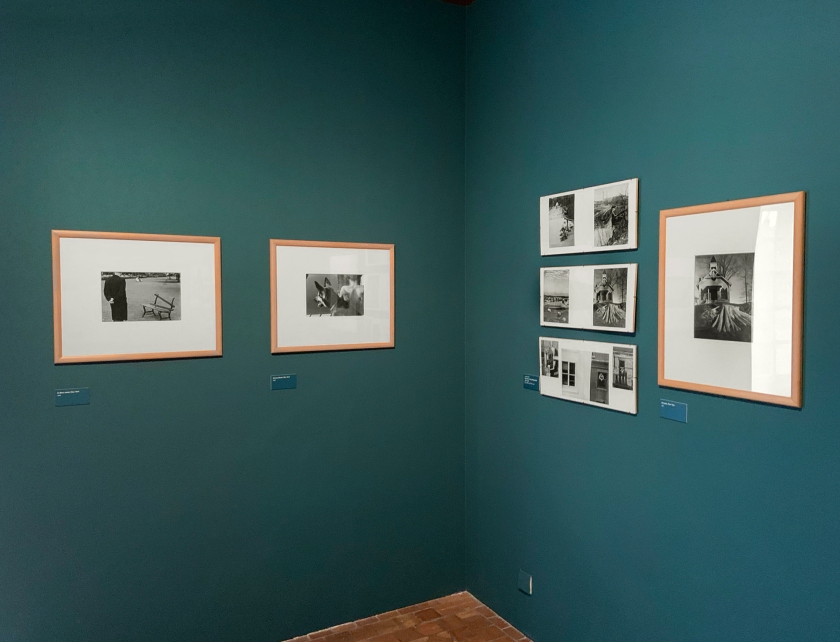


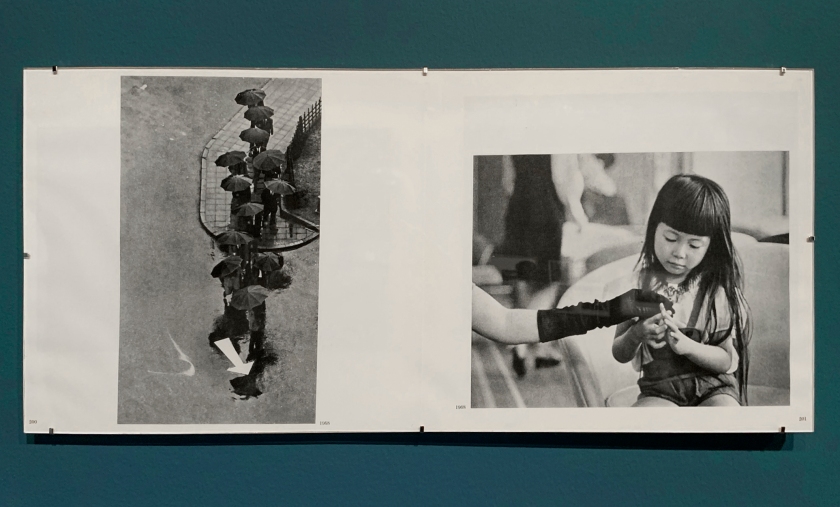

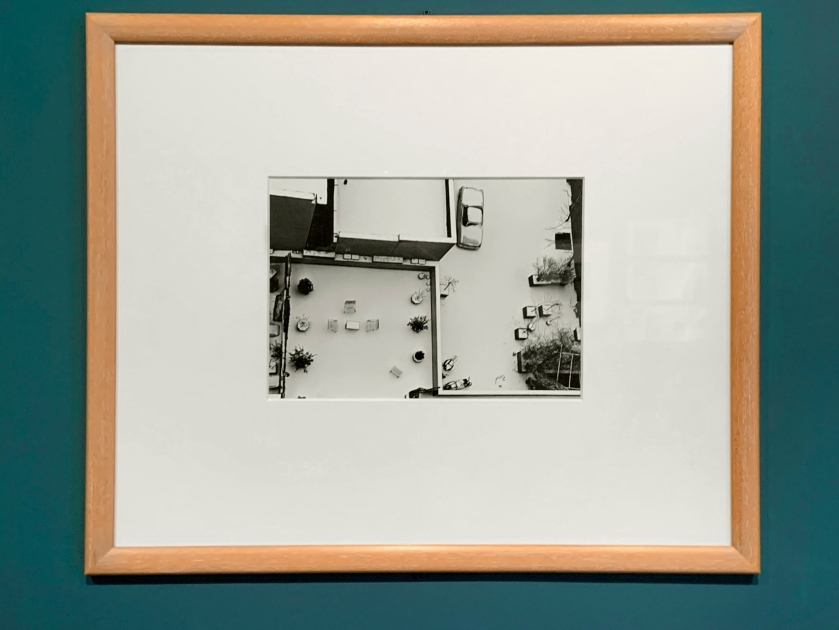









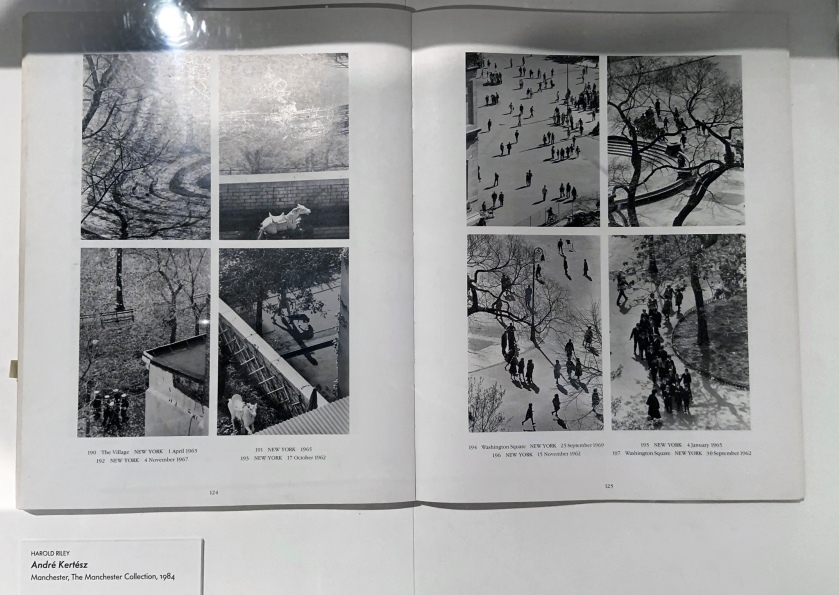


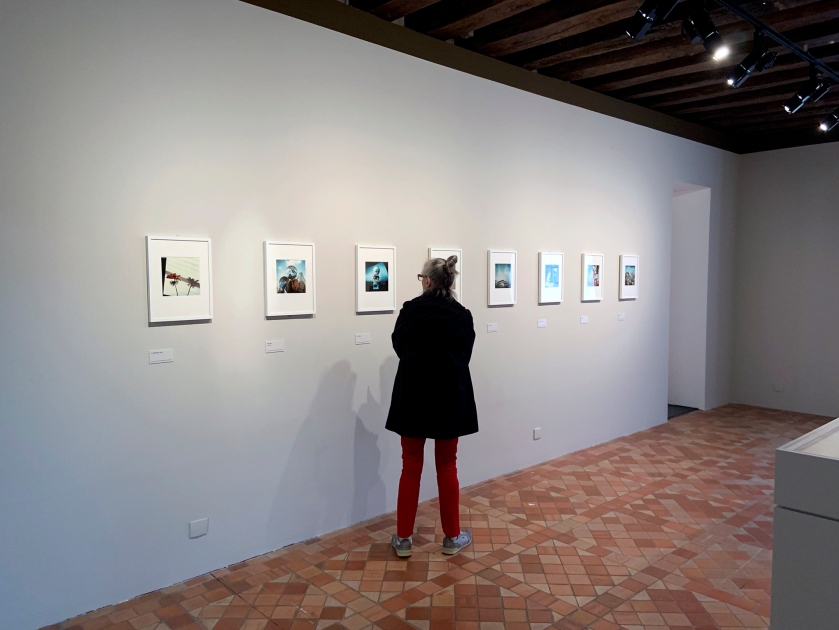
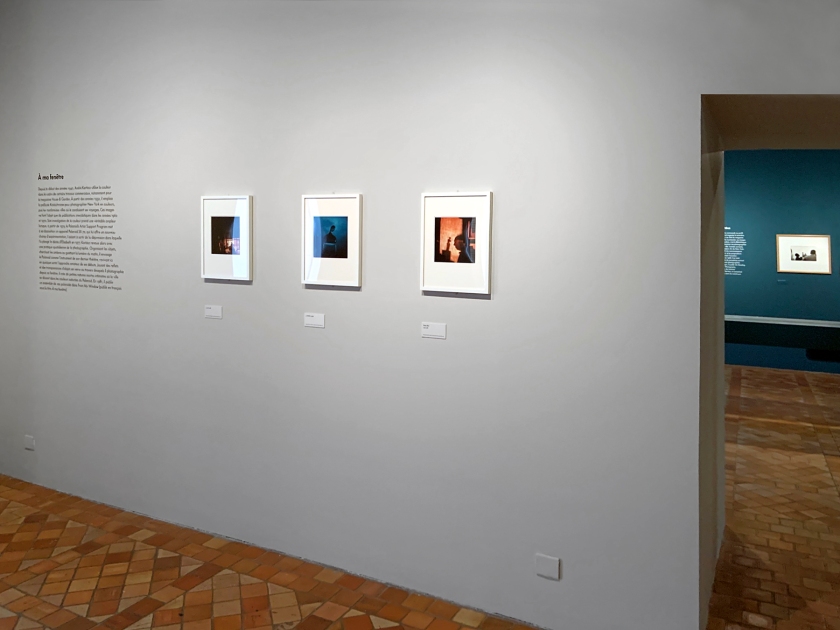

















You must be logged in to post a comment.